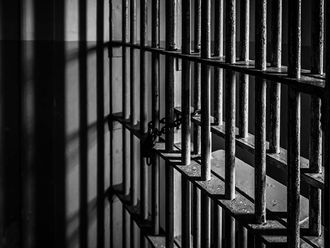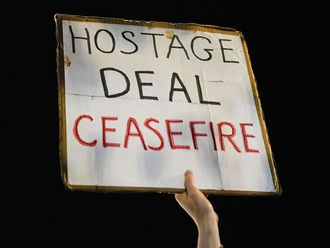Manila, Philippines: A proposed increase in the US military presence in the Philippines, including the pre-positioning of equipment, will help the country defend its territorial waters amid a conflict with China in the South China Sea, officials said on Monday.
The countries will start talks on Wednesday in Manila to discuss an agreement that will allow more American troops to rotate through Philippine military bases, government negotiator Carlos Sorreta said.
Hundreds of American troops already have been stationed in the southern Philippines for counter-terrorism training since 2002 and also hold annual combat exercises with Filipino troops dealing with Muslim and communist insurgents, along with Al Qaida-linked militants.
But the focus of the Philippine military has increasingly turned to external threats as territorial spats involving China, the Philippines and Vietnam heated up in recent years in the potentially oil- and gas-rich waters.
Foreign Secretary Albert del Rosario said the Philippines was bent on resorting to diplomacy to resolve the disputes, but stressed the government would do everything to protect its territory.
“Our region needs to know that we are steadfastly for peace but that we stand ready to tap every resource, to call on every alliance, to do what is necessary, to defend what is ours, to secure our nation and to keep our people safe.” del Rosario said.
Del Rosario spoke at a news conference with Defense Secretary Voltaire Gazmin to present the four-member government team that will negotiate the agreement for the deployment of more American forces in Philippine military camps besides those in the south of the country.
Gazmin said the bigger US presence would not be permanent and would comply with the constitution, which bans the permanent basing of foreign troops.
While the ill-equipped Philippine military tries to modernise, a larger US military presence would serve as an added deterrent against foreign intrusions in the country’s territorial waters, del Rosario said.
Another government negotiator, Defense Undersecretary Pio Lorenzo Batino, said the Philippines would want to be able to use temporarily deployed US military equipment for maritime security, maritime domain awareness and humanitarian assistance.
The presence of foreign troops is a sensitive issue in the Philippines, a former American colony. The Philippine Senate voted in 1991 to close down major US bases at Subic and Clark, near Manila. In 1999, it ratified a pact with the United States allowing temporary visits by American forces, paving the way for hundreds of US forces to hold combat exercises with Filipino troops in the south.
Simmering territorial tensions in the South China Sea have since shifted the focus on the Philippines’ poorly guarded maritime frontiers. Last year, China took control of a lagoon off the northwestern Philippines, which Manila says falls within its 200-mile (322-kilometre) exclusive economic zone. China has also demanded that the Philippines pull out of another shoal farther south, near Mischief Reef, which Chinese troops occupied in 1995 amid Manila’s protests.
The US says it takes no sides in the disputes but has backed a Philippine move to seek UN arbitration and a proposed regional non-aggression pact. China has criticised the Philippines for escalating the disputes and warned against any outside intervention.
Manila’s desire to bolster its external defence has dovetailed with Washington’s intention to pivot away from years of heavy military engagement in the Middle East to Asia, partly as a counterweight to China’s rising clout.
The US realignment also involves the deployment of up to 2,500 US Marines in northern Australia and the stationing of US combat vessels in Singapore.












